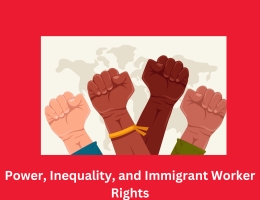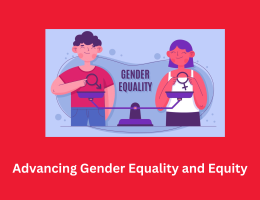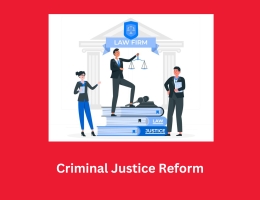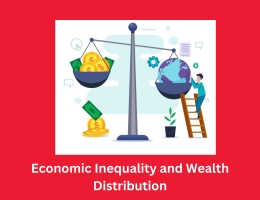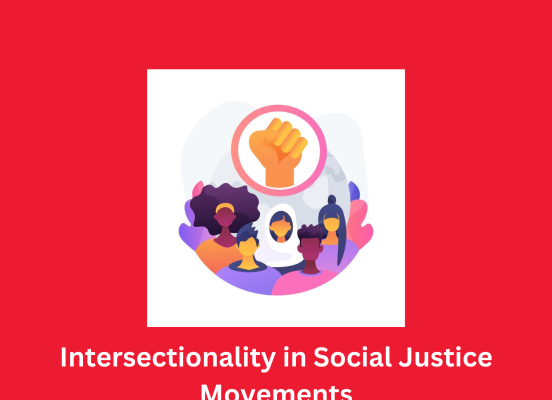
Intersectionality in Social Justice Movements
- By admin --
- Friday, 08 Mar, 2024
Introduction:
Social justice movements strive to address systemic inequalities and advocate for marginalized communities. However, the experiences of individuals within these movements are not uniform, as they are shaped by intersecting social identities such as race, gender, class, sexuality, and ability. Intersectionality, a concept developed by legal scholar Kimberlé Crenshaw, emphasizes the interconnected nature of these identities and highlights how they intersect to create unique experiences of privilege and oppression. This essay will delve into the complexities of intersectionality within social justice movements, exploring how various social identities intersect and impact individuals' experiences, challenges, and contributions to advocacy efforts.
Understanding Intersectionality:
Intersectionality recognizes that individuals hold multiple social identities, and these identities intersect to shape their experiences and opportunities. For example, a Black woman may face unique challenges that are distinct from those experienced by White women or Black men due to the intersection of race and gender. Similarly, an LGBTQ+ person with a disability may encounter specific barriers that stem from the intersection of sexuality and ability.
Impact on Social Justice Movements:
Within social justice movements, intersectionality plays a crucial role in shaping advocacy efforts and strategies. Recognizing the diversity of experiences within marginalized communities is essential for developing inclusive and effective initiatives. Failure to acknowledge intersectionality can result in the marginalization of certain voices and the perpetuation of existing power dynamics within movements.
Challenges Faced by Intersectional Individuals:
Intersectional individuals often face compounded forms of discrimination and marginalization. For example, transgender women of color may experience higher rates of violence and discrimination compared to their cisgender or White counterparts. Moreover, existing social justice frameworks may prioritize the needs and experiences of privileged groups within marginalized communities, further marginalizing those at the intersections.
Inclusive Advocacy Strategies:
In order to grapple with its complexities, proponents of social justice need to come up with all-encompassing initiatives focusing on the feelings and attitudes of the most oppressed people in society, including their specific grievances (Choo, Lo and Ferree 2010). This involves empowering those with multiple identities, fighting power inequalities and injustices in movements, as well as pushing for laws, policies and programs that are tailored towards meeting the diverse requirements of each group in the society.
Intersectionality and Solidarity:
In social justice movements intersectionality is as well that which brings about unity among various groups which are of different nature. To let someone understand that oppression appears in all its forms, hence it enables those people to struggle collectively against those obstacles that exist within society leading them towards creating an equality among themselves this with their corresponding contribution towards creating equity. The coalition built at the crossroads between oppressions deals with what gives rise to them than their actual side effects and we term such solidarity as coming out from intersections.
Conclusion:
The last point is that the complexity of advocacy and identification in social justice movements requires an understanding of intersectionality. For instance, knowing that numerous social identities interact to create the experiences, problems, and contributions of individuals will enable movements come up with better ways of doing things such as transforming systems. Adopting an intersectional perspective promotes justice and equality for all, strengthens bonds between people, and gives voice to those who are marginalised. To ensure that no one is left behind in the quest for a more just and equitable world, it is crucial that intersectionality remain at the centre of our activism and analysis as we continue to negotiate the complexity of social justice work.

